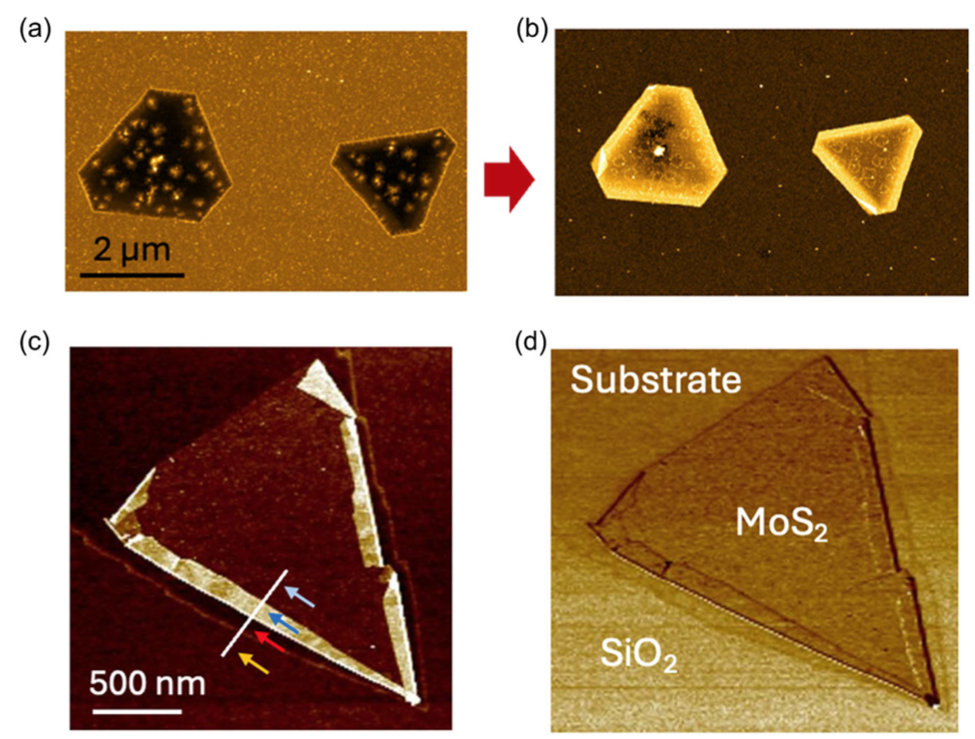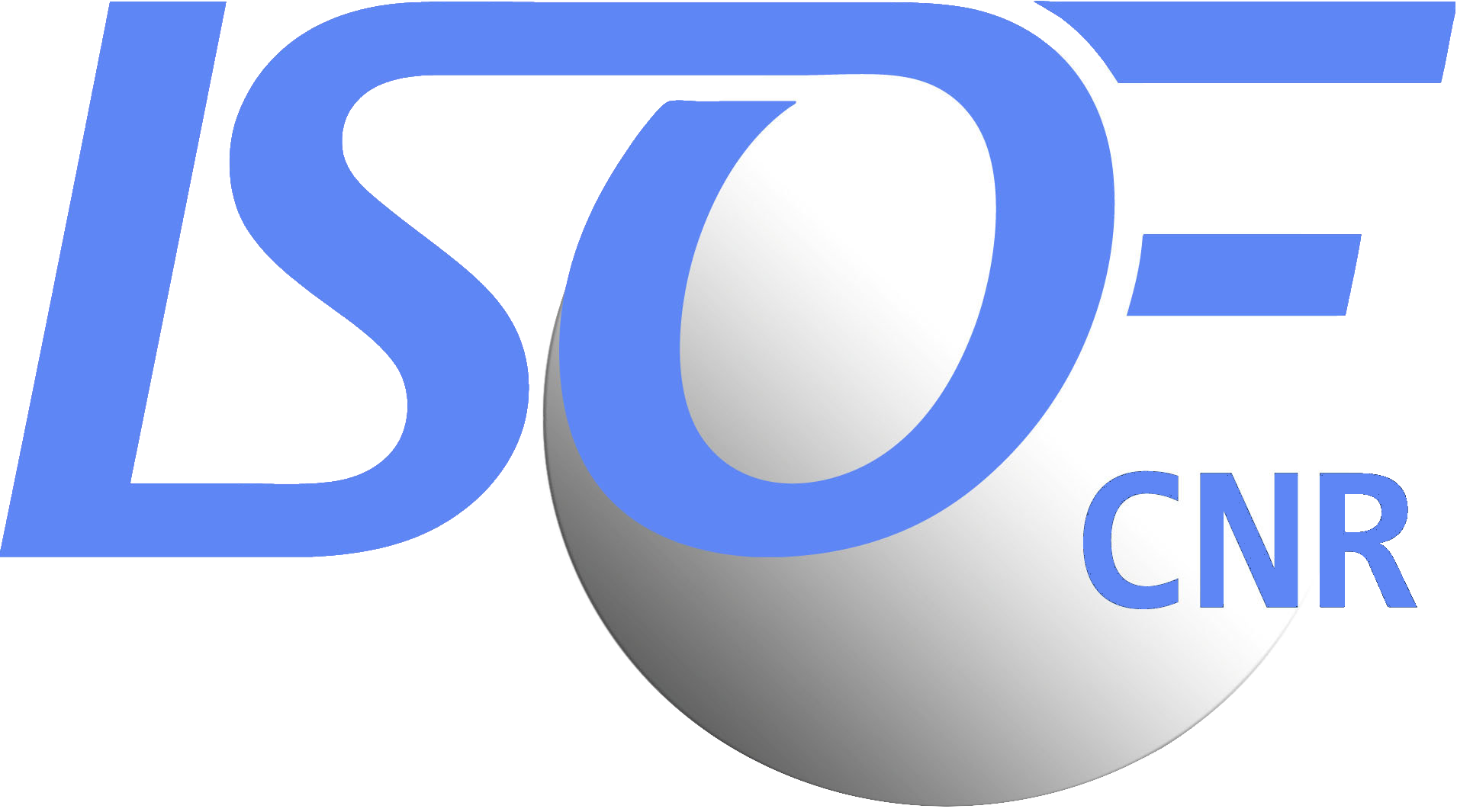A joint group between CNR institutes ISMN, ISOF and IMEM together with researchers from the Universities of Parma and Milano-Bicocca has discovered a simple way to improve the performance of a promising 2-dimensional material called MoS₂—used in electronics and clean energy—by creating tiny folds at its edges. the team, coordinated by ISMN researcher Massimiliano Cavallini, was able to bend and roll the edges, forming “nano-folds” that make the edges much thicker and more active by treating nanosheets of this material with a common chemical solution: buffered oxide etchant (BOE), a solution of HF/NH4F commonly used in microelectronics to etch thermal-SiO2 at a controlled rate.


These specially folded edges significantly enhanced MoS₂’s ability to produce hydrogen from water, an important process for clean energy technologies. The technique is low-cost, doesn’t require complex equipment, and could be applied to other advanced materials.
Full article:
Edge Engineering in MoS2 by Chemically Induced Nano-Folding
Edoardo Chini, Fiorenza Esposito, Vasiliki Benekou, Mohsin Muhyuddin, Eugenio Lunedei, Giampiero Ruani, Rita Rizzoli, Gabriele Calabrese, Fabiola Liscio, Franco Corticelli, Luca Seravalli, Pasquale D’Angelo, Vincenzo Palermo, Carlo Santoro, Andrea Candini, Denis Gentili, Massimiliano Cavallini
Small Struct. 2025, 2500046


